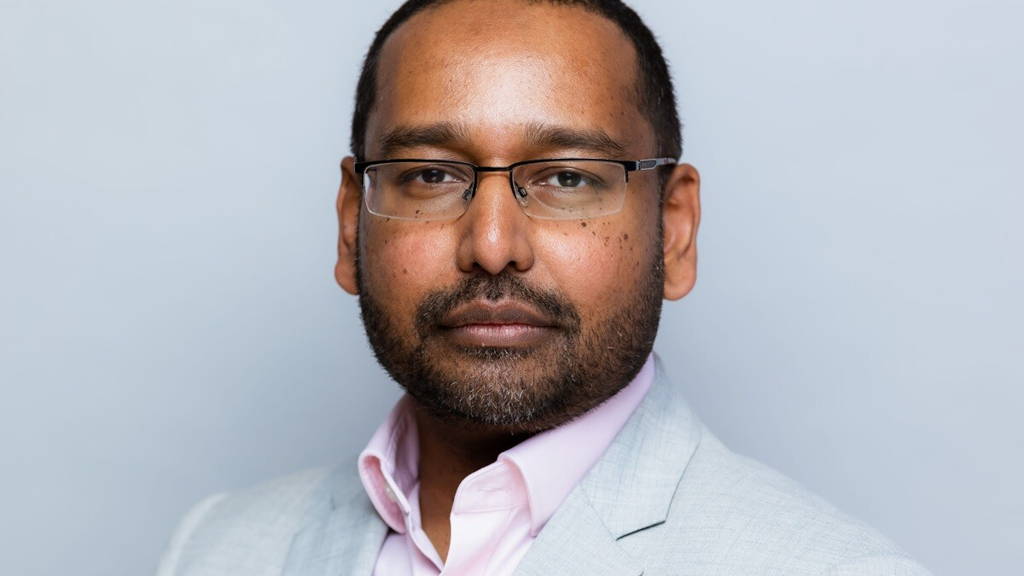Our health and care system requires innovation to overcome the pressures of the growing workforce crisis. The World Health Organisation (WHO) projected a 10 million shortfall in the global workforce by 2030, mainly in low- and lower-middle-income countries. However, this feels like an underestimate as training, recruitment, and retention issues bite.
It’s not an exaggeration. It’s not just that we don’t have the workforce readily available, that we don’t pay enough, or that morale appears to have fallen sharply – although each is true. We also still have high levels of friction in our workflows, combined with long waiting lists and increasing demand, which leads to burnout.
It takes time to train more qualified people and even more time to gain experience. The pressing need to relieve this burnout means we must prioritize innovation. We essentially face a growing mismatch of the demand for care against what our systems are able to supply. To paraphrase a line from American politics - ‘it’s the workforce, stupid.’
Innovation is not just a nice-to-have
This is why there is such interest in implementing AI, augmentation, and automation and why generative AI feels like it holds such potential, especially as we move from large language models (LLMs) to large multimodal models (LMMs).
Innovation is of particular interest in cancer where rare cancers are no longer so rare, where genomics and precision medicine can be a game-changer, where AI can reduce and optimize workload (e.g., sifting which images require human attention), and where moving upstream with early detection and diagnosis can improve care, save lives and protect our precious workforce.
If innovation is not just a nice-to-have and is, in fact, the answer to navigating the mismatch, it follows that we would do more to support innovators. Sadly, many would argue they need more support, not least in the adoption of innovation. Innovators face many challenges in getting a technology sold and deployed in the NHS, but it doesn’t end there. What happens if no one uses the innovation? What happens if it isn’t adopted?
Two Valleys of Death: adoption and scale
It can be pictured as a Valley of Death. It begins when the product gets deployed. Can it traverse the valley to be widely used and adopted? Only then can we assess if a product was clinically effective, with a positive health economic or operational impact. Only when it’s adopted can the innovator get the testimonial, the reference, and the upsells that mean they can cross their other valley of death, which is the journey of scaling from seed to Series A, with repeatable sales and the glory of achieving product-market fit (PMF).
This leads us to two separate but related questions. For the health system, we ask, what’s the point of procuring a system no one uses? For the innovator, we ask: if no one uses it, why would someone else buy it?
Human factors for adoption
Once we recognize adoption as pivotal both for the system and the innovator, then we must become more attuned to the human factors at the heart of adoption.
Picture systems that mean a paramedic must still scribble notes on their gloves, a nurse must still repeatedly log into multiple clinical systems, a surgeon must get home 2 hours later that evening, or the general practice receptionists still have to manually register 3,000 new patients every September.
There are always reasons for a lack of adoption; almost all of them can be modeled, predicted, and pre-empted if we plan ahead.
Vendors as partners?
Vendors and innovators often struggle when they bring solutions fully baked with no room to adjust to local processes. They struggle when they don’t include patients and end-users, clinical and non-clinical. They struggle when they try to sell but often win when they try to partner.
If I could offer a prescription, it is vendors as partners - not adversaries. Perhaps then we can work productively together to solve the adoption challenges in health and care innovation. Better adoption is better for innovators who need to scale, and it’s better for the health system, especially as our workforce crisis will get worse before it gets better.
After all the misfires we have seen in deploying expensive change programs, can we really afford not to?
Don’t miss Hassan speaking at Rewired 2024 (12-13 March, Birmingham, UK), where he is set to speak on the AI, Data & Analytics stage and at the Shuri Network Graduation Celebration.







